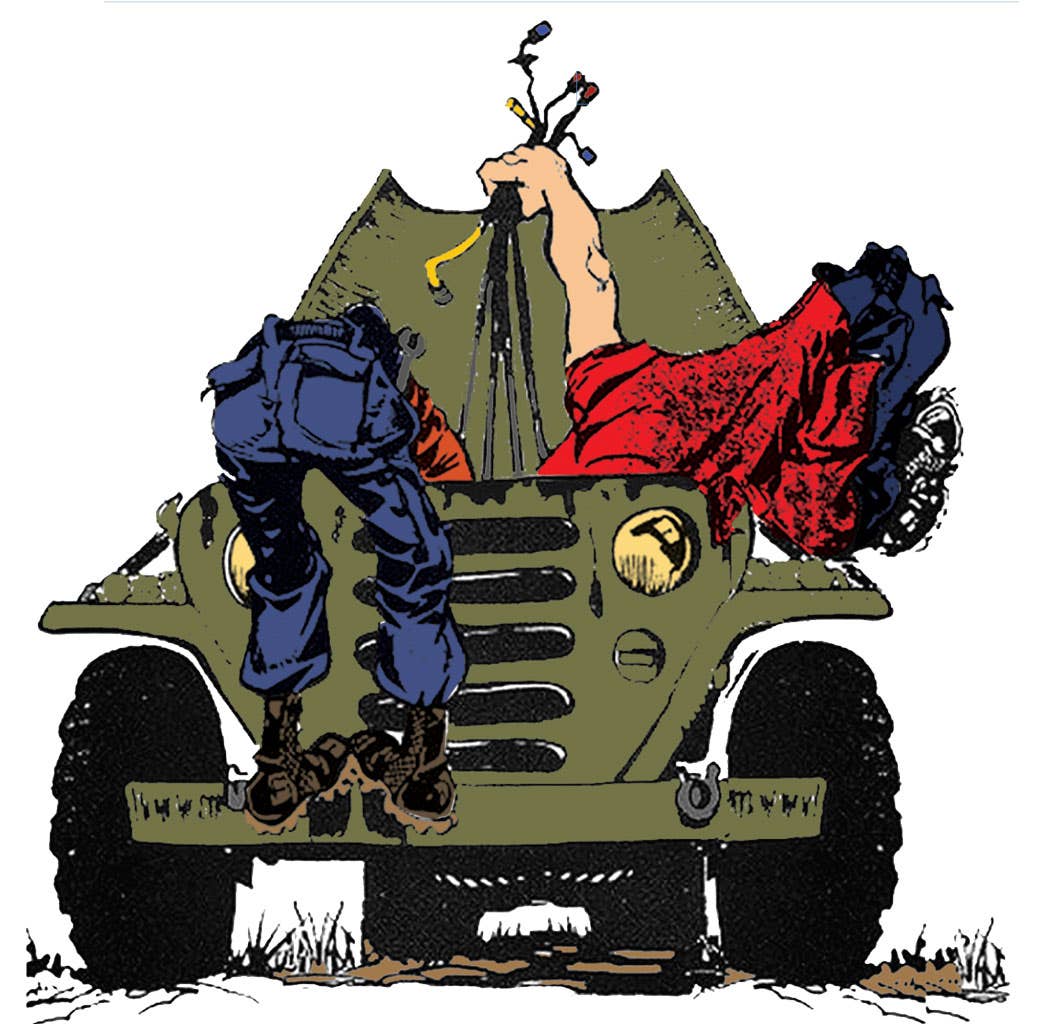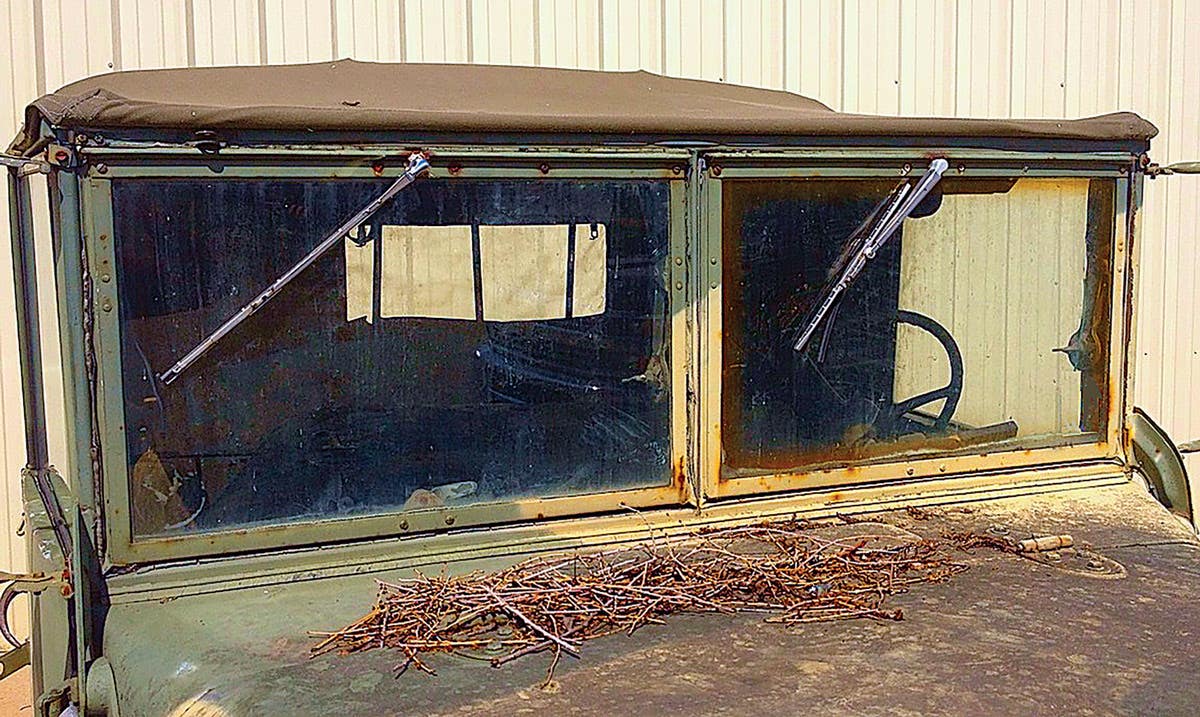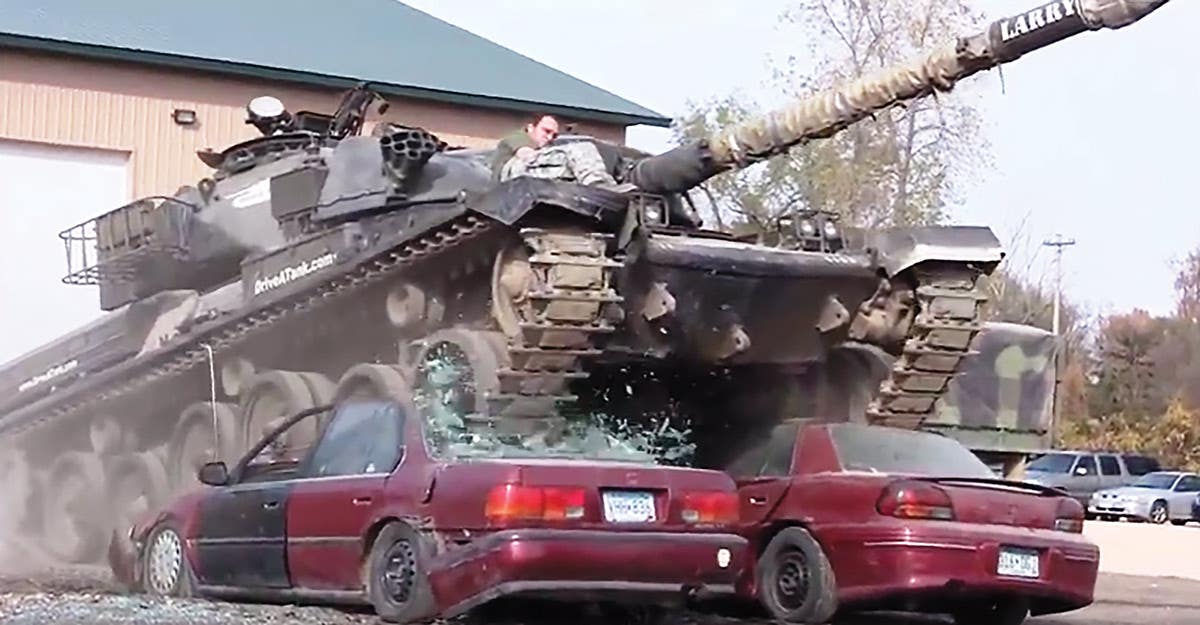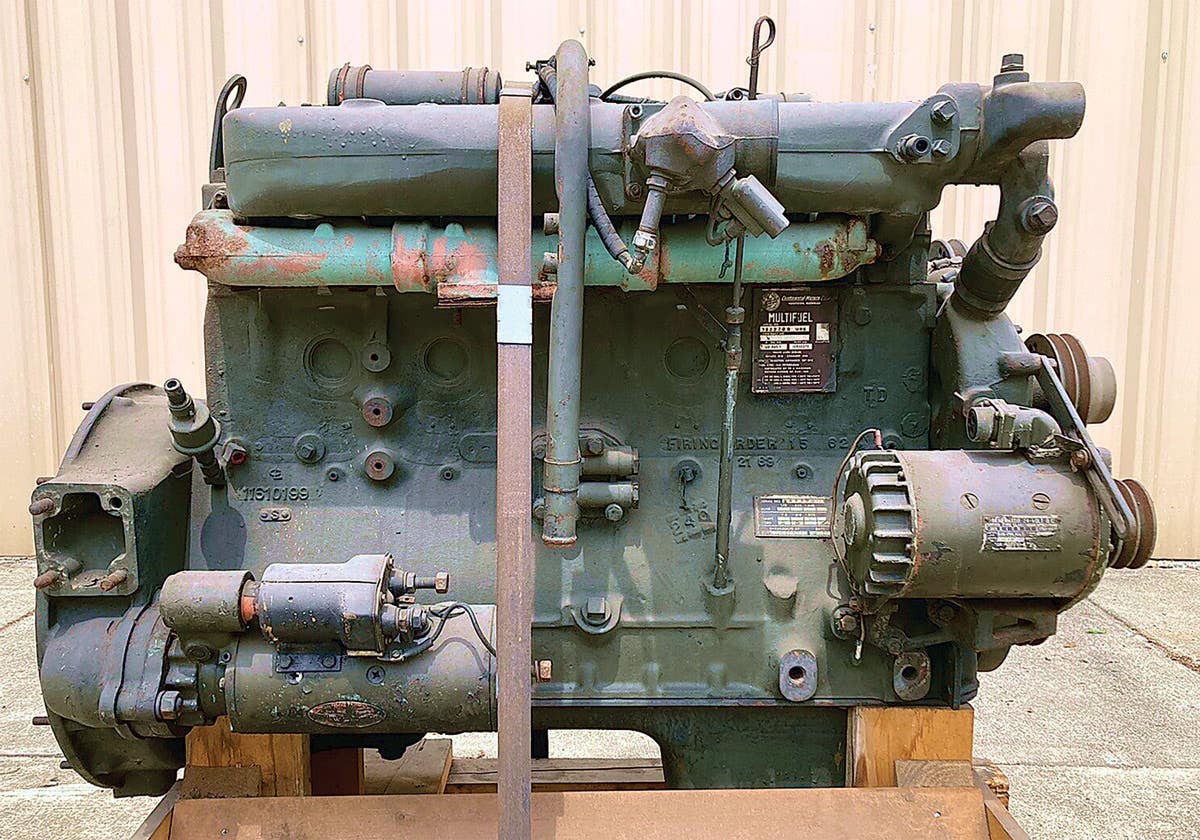Progress continues towards new tactical vehicle
New family of MVs to replace Humvee
December 7, 2009
A program to develop a new family of light tactical vehicles for Army, Marine Corps and special operations forces is moving ahead at full steam, almost halfway through its technology development phase. The joint light tactical vehicle is an Army, Marine Corps and U.S. Special Operations Command program to replace the Humvee with a family of higher-performing, more survivable vehicles able to carry greater payloads. The goal is to fill a critical capabilities gap while developing a family of vehicles capable of performing multiple missions and sharing common components.
The Army, lead agent for the program, announced just over a year ago that it had awarded three contracts valued at about $166 million for the program's 27-month technology development phase. The three contractors are BAE Systems Land and Armaments, Ground Systems Division; General Tactical Vehicles, a joint venture between General Dynamics Land Systems and AM General; and Lockheed Martin Systems Integration. During this phase, each of the three competing contractors is developing prototype vehicles in three different payloads configured for specific operational missions.
Category A is for general-purpose mobility and would carry the lightest payload, about 3,500 pounds. Category B models will transport infantry troops or weapons, serve as platforms for command-and-control and reconnaissance missions and carry payloads in the 4,000-to-4,500-pound range. Category C models will serve as shelter carriers, prime movers and ambulances, and would carry payloads just over 5,000 pounds.
The vehicles are being designed with an "open architecture" concept to accommodate extra armor, sensors, radios or other equipment, as required, without sacrificing power or payload. In addition, the vehicles will have a digital architecture incorporated into their design to support current networking requirements, as well as on-board diagnostics so they're easier to maintain. The contractors are developing prototype companion trailers along with the tactical vehicles, with both meeting the same standards. By the year's end, the three contractors are expected to provide the vehicles and associated equipment for performance and reliability testing.
The military's fleet of Humvees, estimated at about 160,000, was developed in the 1970s and delivered in the early 1980s with a focus on Cold War threats rather than on today's needs.
When the vehicles proved vulnerable to roadside bombs in Iraq and, increasingly, in Afghanistan, the military responded by adding heavy armor plating. The typical Humvee was designed to weigh a maximum of about 12,000 pounds, but now weighs closer to 18,000 pounds. Mine-resistant, ambush-protected vehicles, in contrast, were purchased essentially as quickly as they were built to meet a wartime requirement quickly.
The program has received a lot of international attention, too. Australia and India both signed agreements to provide development support and share the associated costs, and other countries have expressed interest in participating as well.
Tell us what you think in the Militaria Message Board







